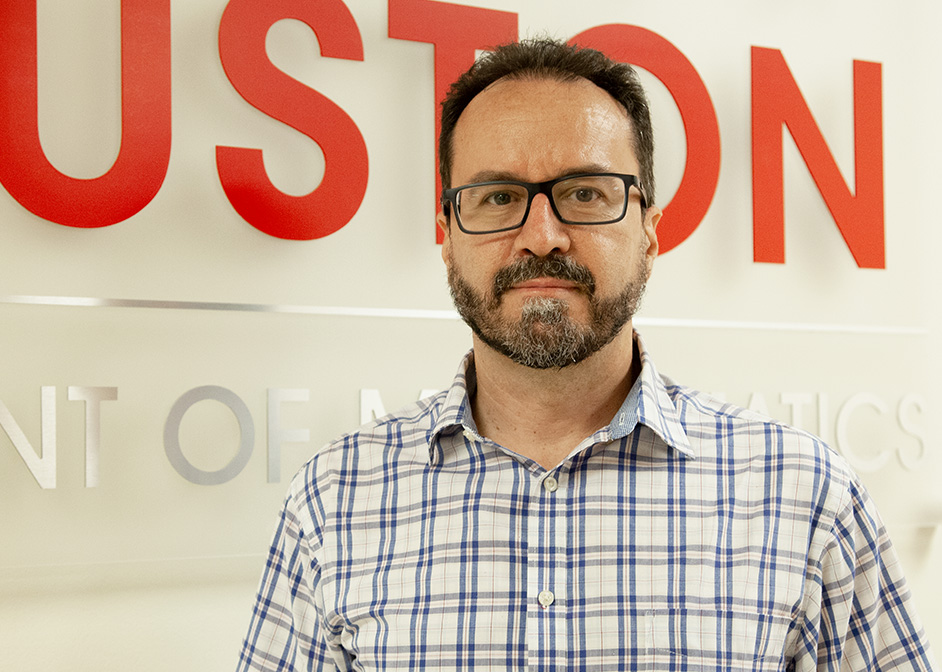NIH Awards Krešimir Josić’s Research
Over the course of his career, Krešimir Josić has used his mathematical skills to aid biologists in their experimental pursuits. The University of Houston mathematics professor’s latest research is funded by the National Institutes of Health who awarded Josić and Rice University’s Matthew Bennett, professor of biosciences, and Oleg Igoshin, professor of bioengineering and biosciences.

Josić is co-principal investigator of the four-year $1.2 million grant administered by the NIH’s National Institute of General Medical Sciences to build bacterial colonies that can divide or differentiate like cells in multicellular organisms. Bennett is principal investigator and Igoshin is co-principal investigator. $400,000 was awarded to UH.
“Cells in multicellular organisms will differentiate,” said Josić, faculty member at UH’s College of Natural Sciences and Mathematics. “Stem cells can assume many cell fates by turning on and off different combinations of genes and expressing those different combinations.”
The issue that arises when scientists try to make populations of bacteria divide similar to multicellular organism cells, is that differentiation in multicellular organisms is tightly controlled. There are specific ratios between cells, and those ratios are strongly regulated and maintained.
“The question is, if these types of differentiated bacterial colonies are to be useful, you’ll have to regulate their ratios as well,” Josić adds. “You don’t want one part of the population to completely take over. You would want some way to control the ratio precisely.”
Trying to control the ratios through biological experiments alone can be costly to scientific timelines. Instead, mathematical modeling can lead the way to a better understanding and control of the division of cells and bacteria.
Once control is established by means of the models, more complicated questions can be asked. Can bacteria divide into more than two strains? Can they divide into multiple strains, just like cells do?
However, Josić said, care must be taken to make the model sufficiently rich to capture biological functions but not so complicated that it is difficult to understand.
Medical Applications to Math
The grant could ultimately help generate complex colonies of multiple different bacterial strains that could have some features of multicellular organisms.
Bacteria could also be engineered to recognize cancer cells and fight tumors by expressing certain chemical compounds that either prevent tumor growth or destroy tumors.
Overall, the research Josić is embarking on with the new funding, he said, holds many interesting mathematical avenues for him to explore and generates questions on how best to model the bacteria.
He chooses to apply his mathematical skills to biology because, “it is one of the areas where progress is most likely going to be fastest in this century.”
He said the investment into biological research is enormous and the benefits to society will pay off. Mathematics can be useful to biologists because it can model the collective mechanisms of living organisms.
“This is not something that can be easily understood just by simple statistics. Understanding the mechanisms requires models.”
- Rebeca Trejo, College of Natural Sciences and Mathematics